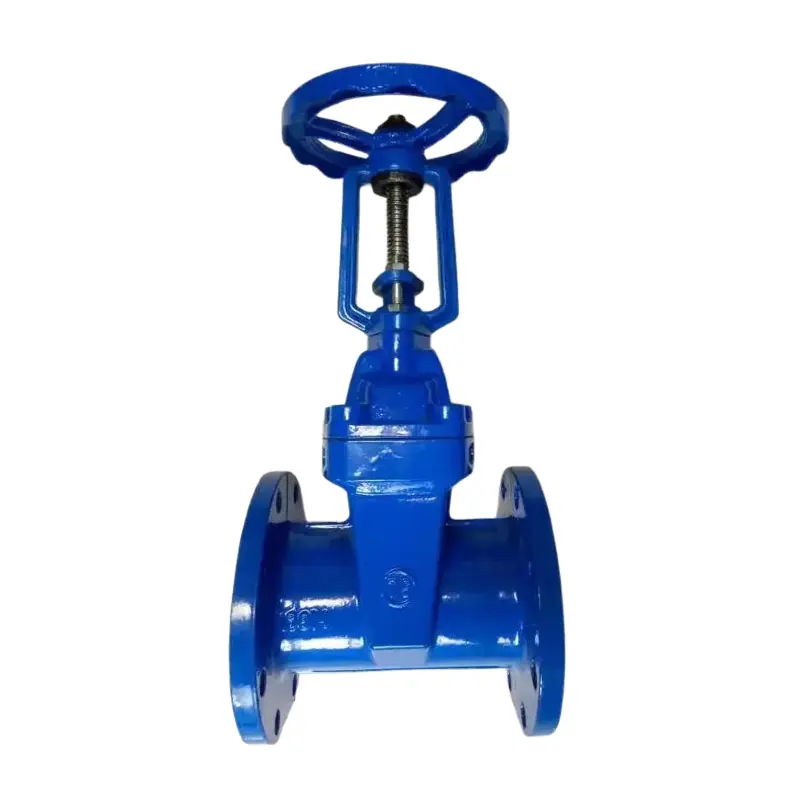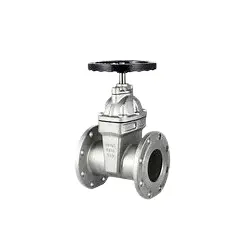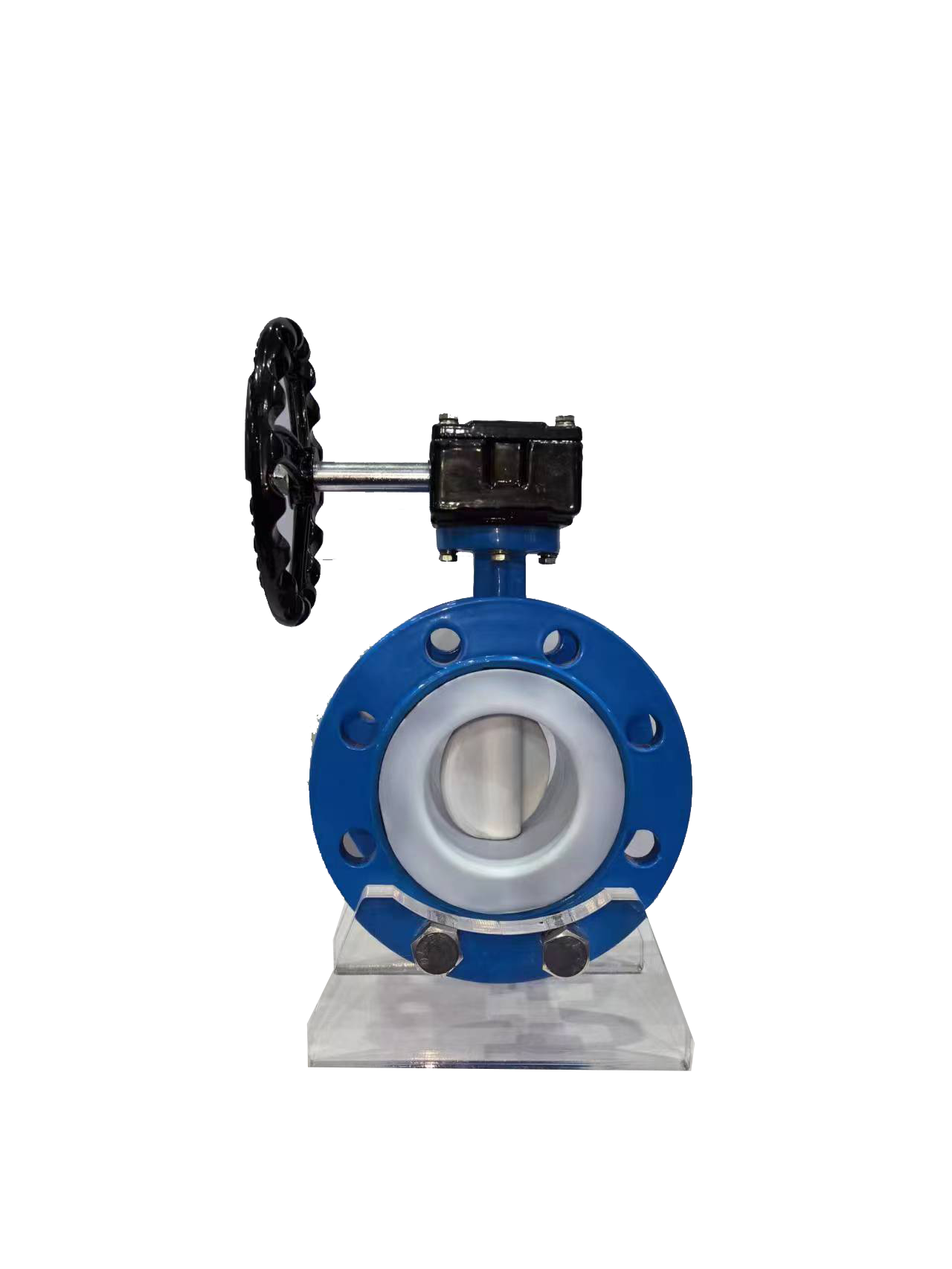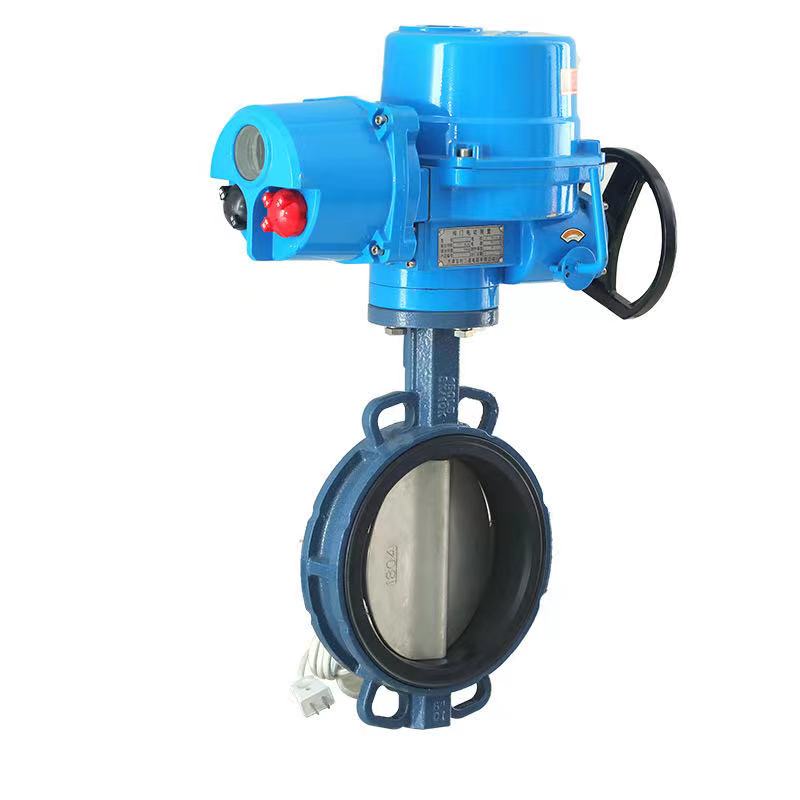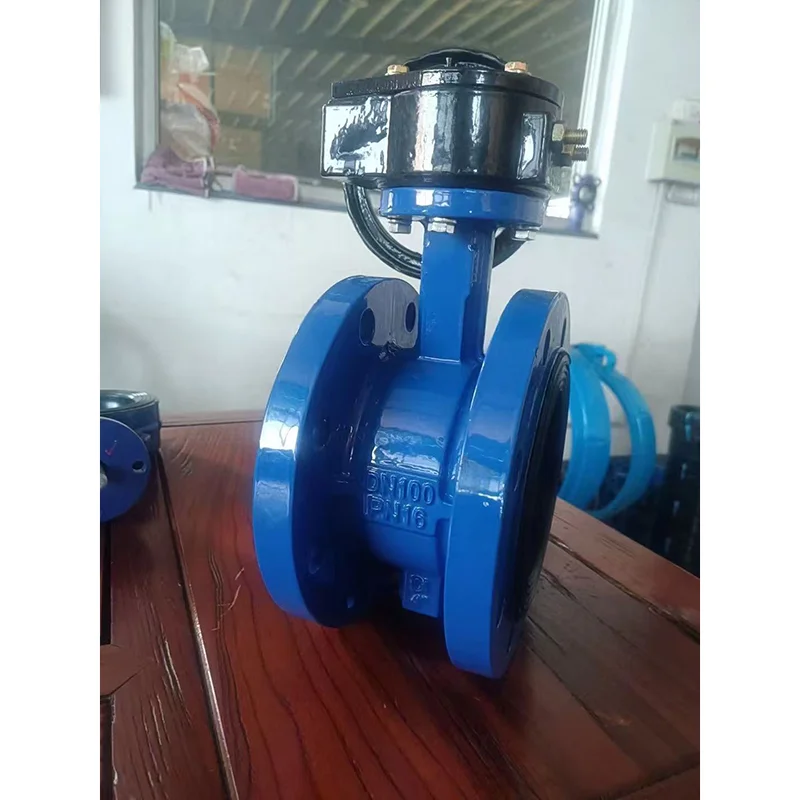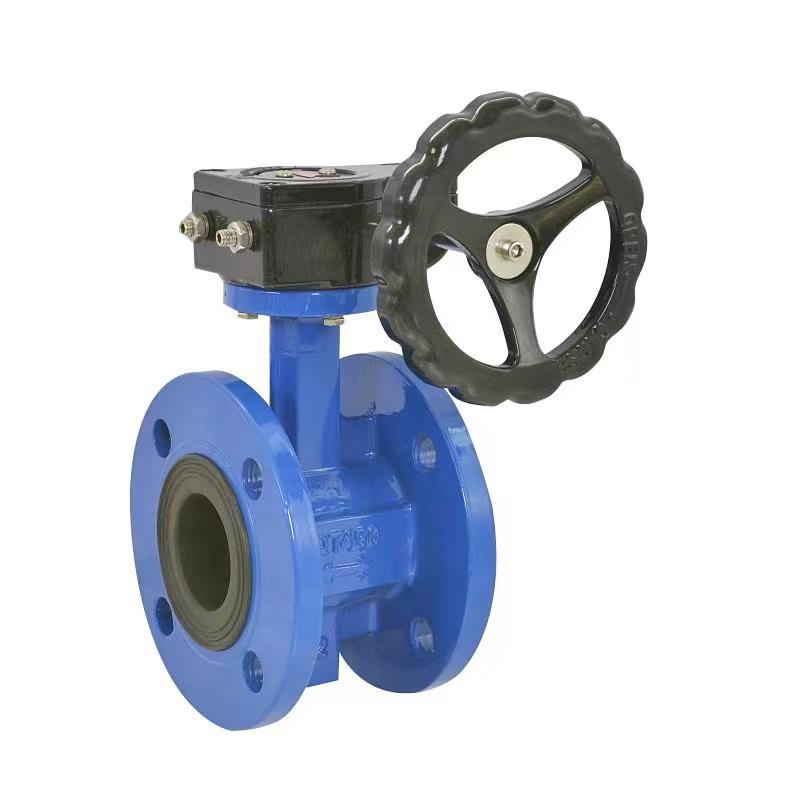- English
- Español
- Português
- русский
- Français
- 日本語
- Deutsch
- tiếng Việt
- Italiano
- Nederlands
- ภาษาไทย
- Polski
- 한국어
- Svenska
- magyar
- Malay
- বাংলা ভাষার
- Dansk
- Suomi
- हिन्दी
- Pilipino
- Türkçe
- Gaeilge
- العربية
- Indonesia
- Norsk
- تمل
- český
- ελληνικά
- український
- Javanese
- فارسی
- தமிழ்
- తెలుగు
- नेपाली
- Burmese
- български
- ລາວ
- Latine
- Қазақша
- Euskal
- Azərbaycan
- Slovenský jazyk
- Македонски
- Lietuvos
- Eesti Keel
- Română
- Slovenski
- मराठी
- Srpski језик
- Esperanto
- Català
- שפה עברית
- Cymraeg
- Latviešu
- icelandic
- ייִדיש
- беларускі
- Hrvatski
- Kreyòl ayisyen
- Shqiptar
- Malti
- lugha ya Kiswahili
- አማርኛ
- Bosanski
- Frysk
- ភាសាខ្មែរ
- ქართული
- ગુજરાતી
- Hausa
- Кыргыз тили
- ಕನ್ನಡ
- Corsa
- Kurdî
- മലയാളം
- Maori
- Монгол хэл
- Hmong
- IsiXhosa
- Zulu
- Yoruba
- অসমীয়া
- ଓଡିଆ
- Twi
- Samoa
- Sesotho
- සිංහල
- Gàidhlig
- Cebuano
- Somali
- Тоҷикӣ
- O'zbek
- Hawaiian
- سنڌي
- Shinra
- Հայերեն
- Igbo
- Sundanese
- Lëtzebuergesch
- Malagasy
- Tǝlam Kanuri
- Punjabi
- پښتو
- Chichewa
What is the function of the tap water check valve
2025-08-28
Do you always worry about water flowing back into the pipes when you come back to water after the water supply is cut off at home? Actually, installing a tap water check valve can solve the problem - this thing is simply a "one-way valve" in the water pipe, allowing water to flow in only one direction and want to run back? There's no door!
What is the function of a tap water check valve when we use it in real life?
First, let's talk about what it can do. A check valve is an automatic working valve. Some people call it a reverse valve, while others call it a one-way valve or isolation valve. Anyway, its core function is to prevent backflow. For example, if your water heater is connected to a water pipe and there is no check valve installed, the water in the water heater may flow back into the tap water pipe when the water stops, and when it comes back to water, it will have to be vented, which is very troublesome; After installing it, the water obediently flows forward, which is much more worry free. It is mainly used in household water pipes and is not complicated.
However, you need to be careful when putting it on, otherwise it will be a waste of effort. For example, when installing on a pipeline, do not let the check valve bear too heavy a pipe alone - if the pipeline itself is heavy, you need to choose a large-sized check valve, otherwise the valve is prone to deformation due to long-term stress, and the leakage that should be leaked and the backflow that should be poured will actually cause chaos.
Another key detail: be sure to check the arrow on the valve body before installation! The arrow points to the direction of the water flow, which must be aligned with the actual direction of the water in the pipe. Don't install it in the wrong direction. Especially for those lift check valves with vertical flaps, the flaps need to be kept perpendicular to the pipeline, otherwise the valve's anti backflow function will be lost if it is not tightly closed. I helped my friend install it once before, but he didn't check the arrow and installed it incorrectly. As a result, after the water stopped, water flowed back into the solar energy. Later, it was disassembled and reinstalled to fix it.
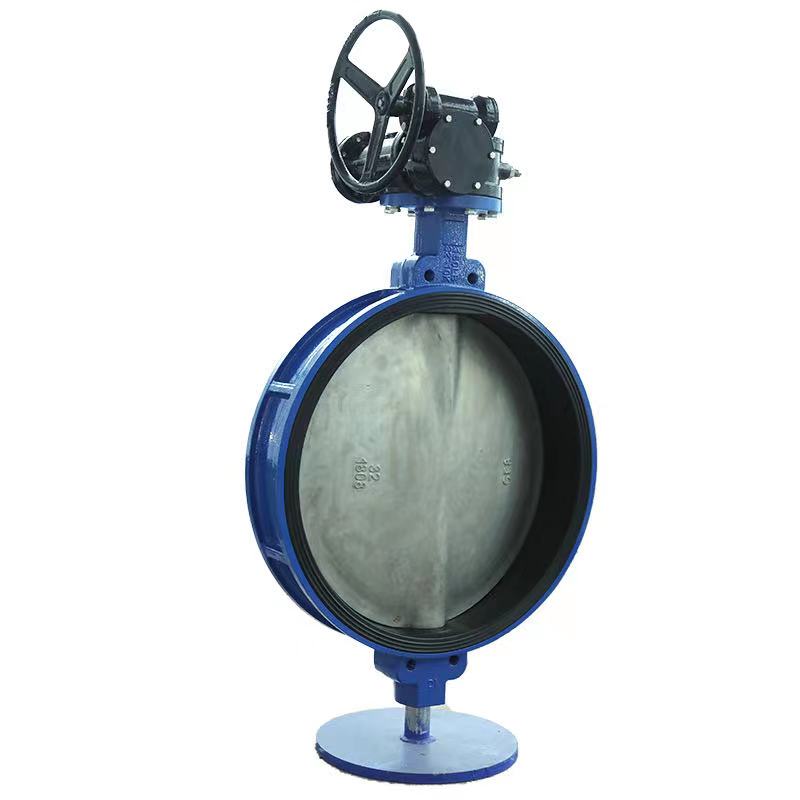
Finally, when it comes to choosing valves, don't just focus on cheap prices. Take it in your hand and first look at the appearance. If there are peeling, small cracks, or black spots on the surface, it is definitely a defective product. Don't take it - this type of valve material is mostly not up to standard and will break down soon after use. You need to choose a surface color that is uniform, feels smooth to the touch, has no obvious flaws, and looks neat.
In addition, if the valve is threaded, the threaded part must be carefully inspected to ensure that there are no burrs or gaps, otherwise it is easy to leak water when screwed into the pipeline. Also, attention should be paid to the thread length, which is usually 10 millimeters. If it is too short and cannot be tightened, it is easy to loosen over time - I have seen my neighbor buy a short thread before, but it loosened after half a year of use, causing water seepage and soaking the wall. Later, I replaced it with a qualified one and it was okay.
Actually, this thing is not considered high-tech, but if installed and selected correctly, it can help save a lot of trouble for the family. After all, the matter in the water pipe may seem small, but when it really goes wrong, with both water supply and leakage, it greatly affects daily life. It's always better to pay more attention.
Related News
New Products



